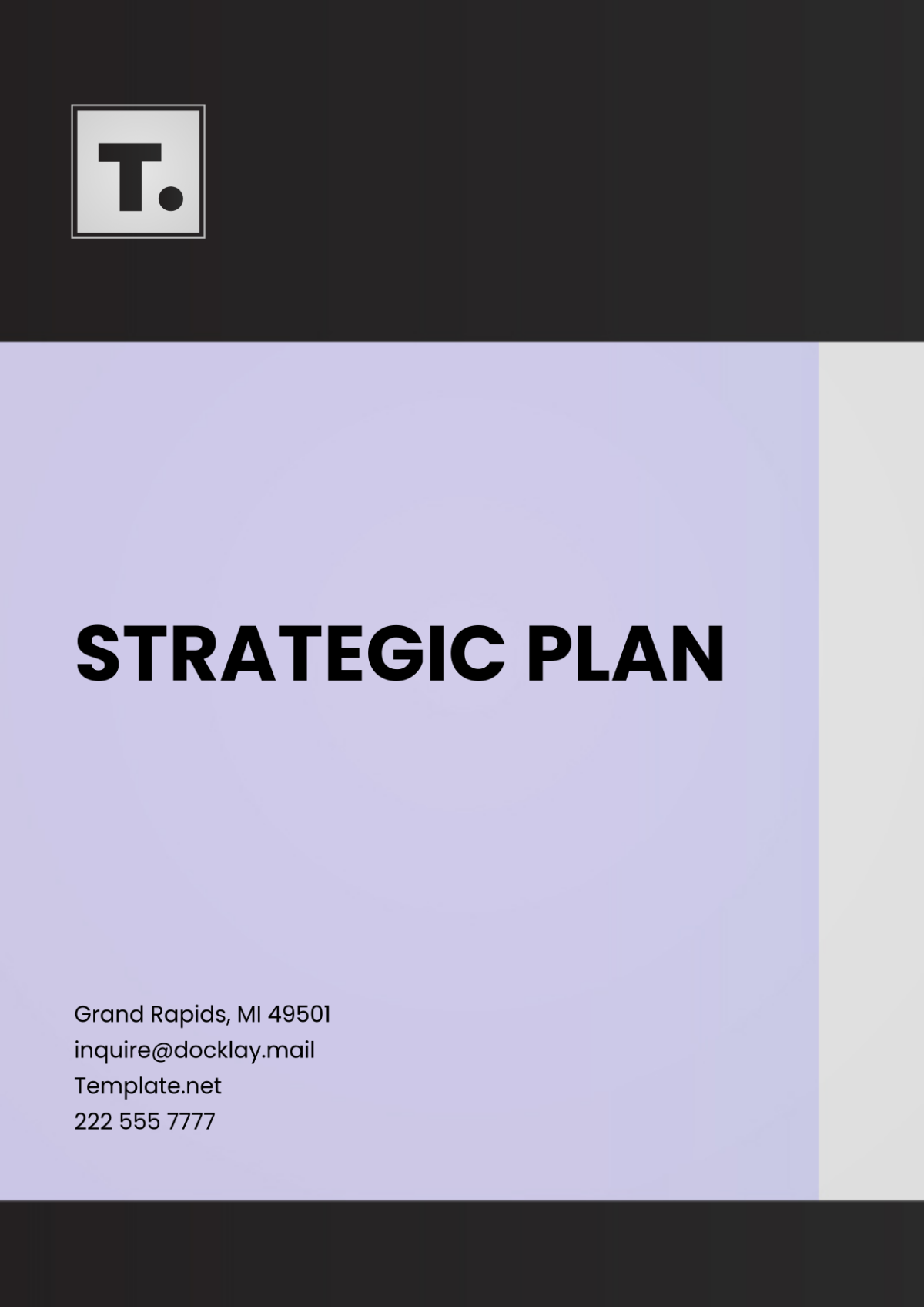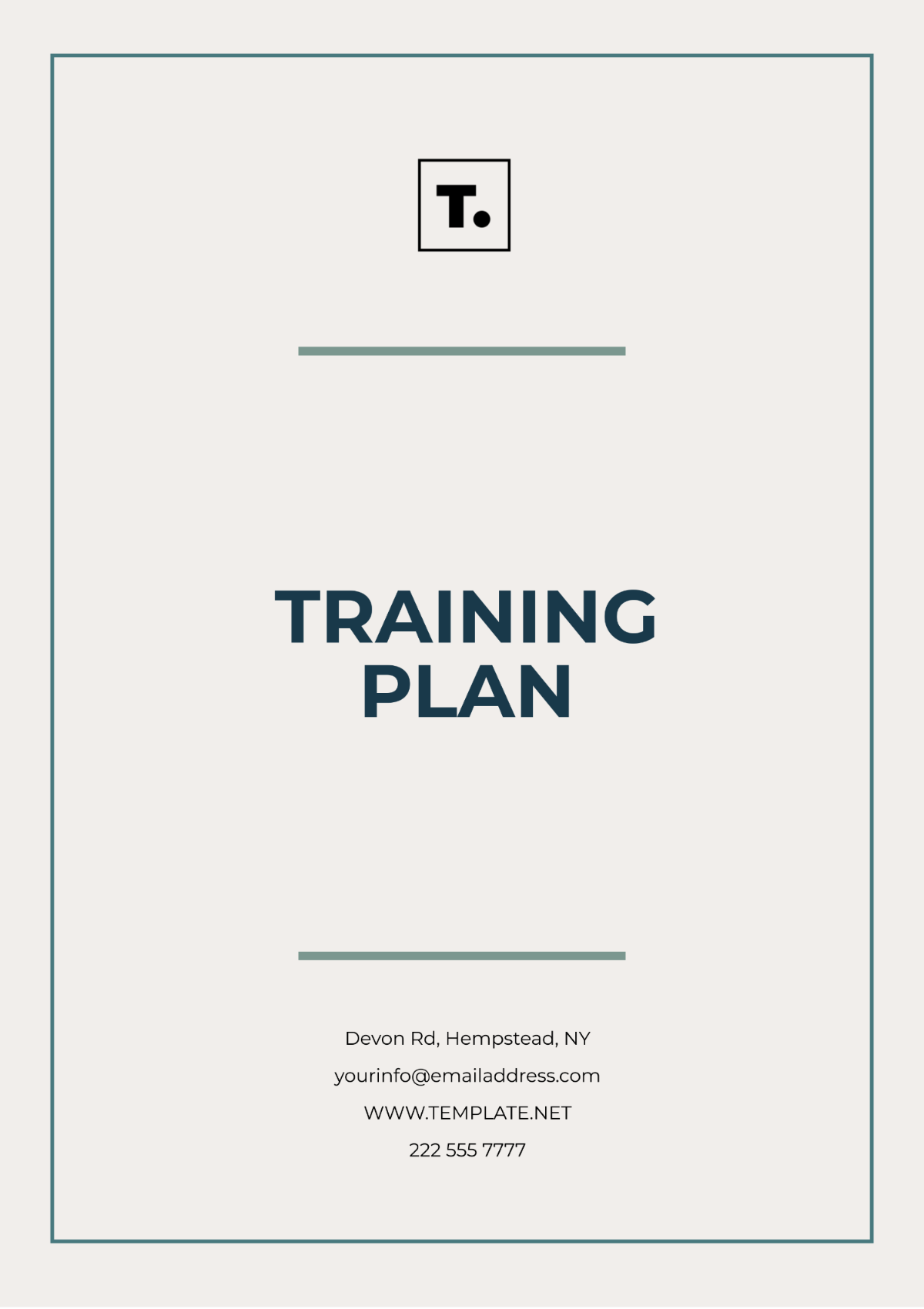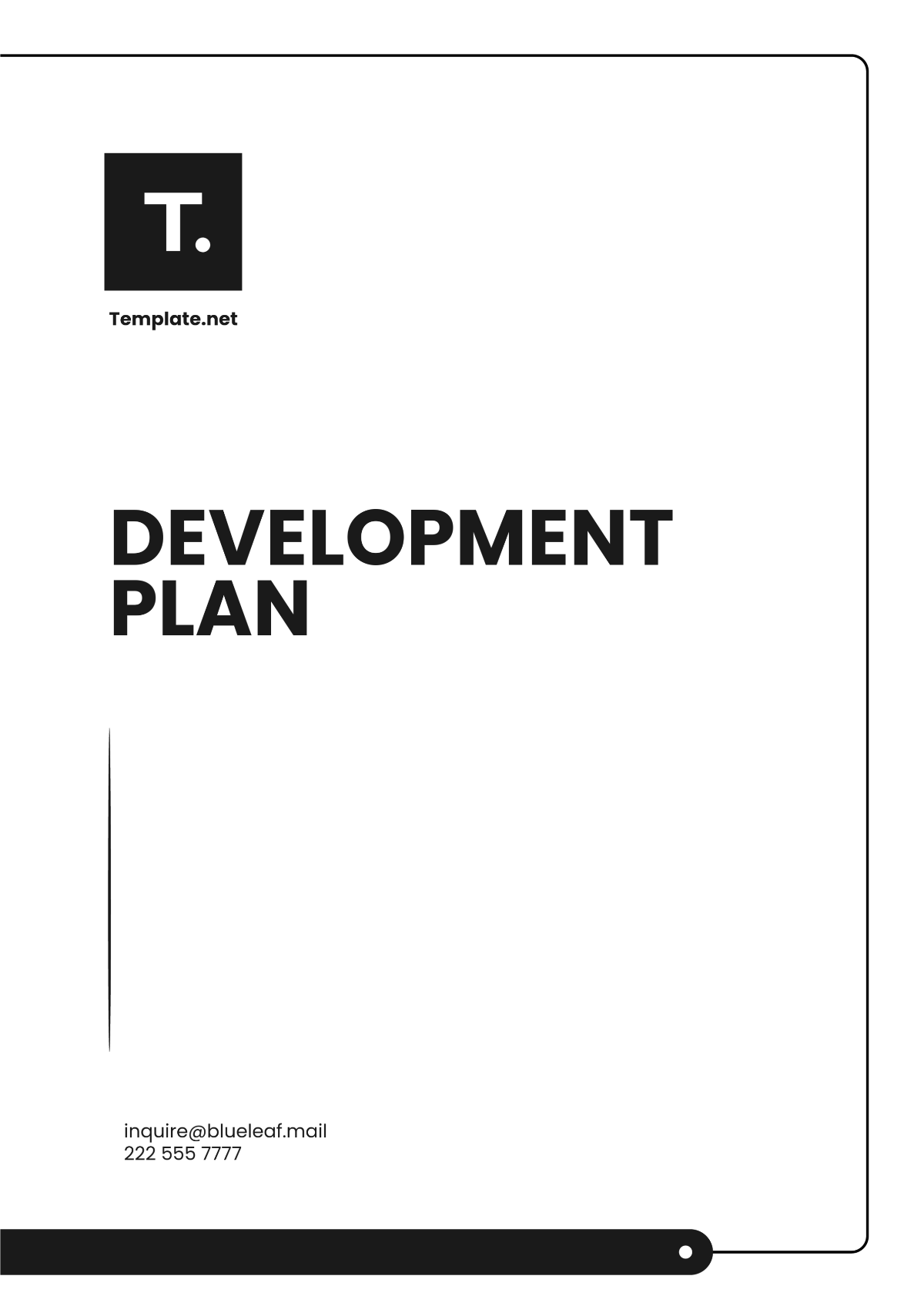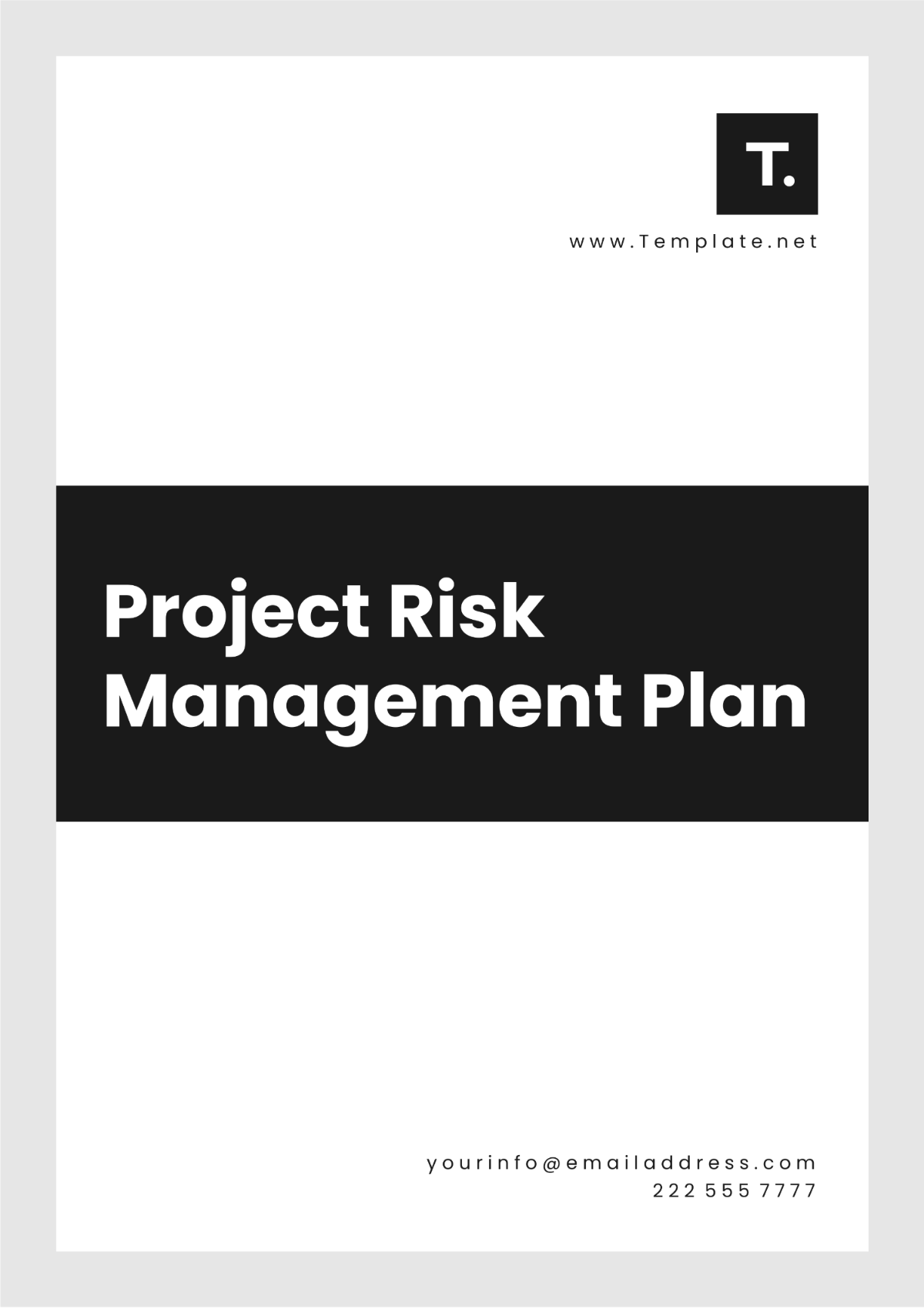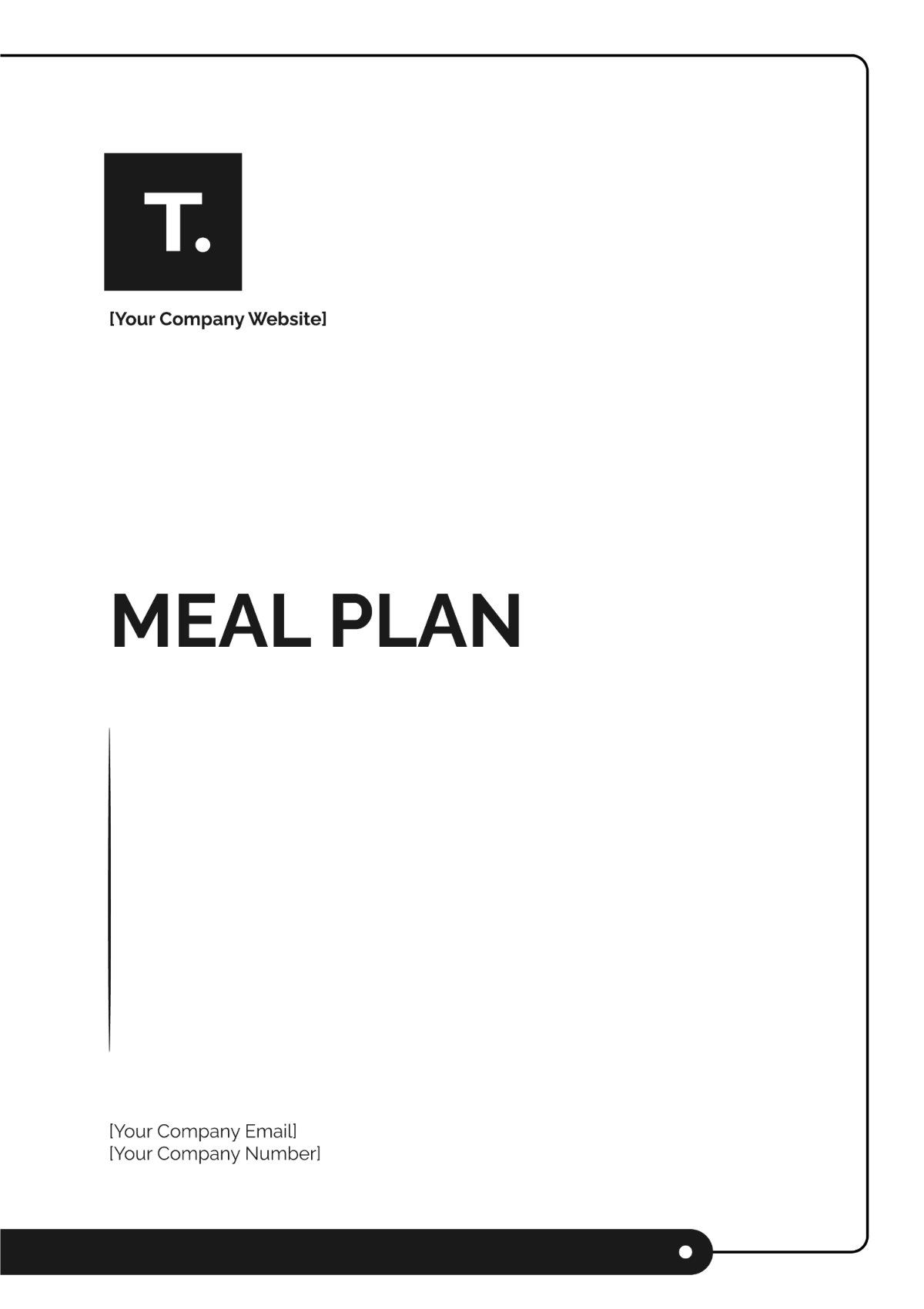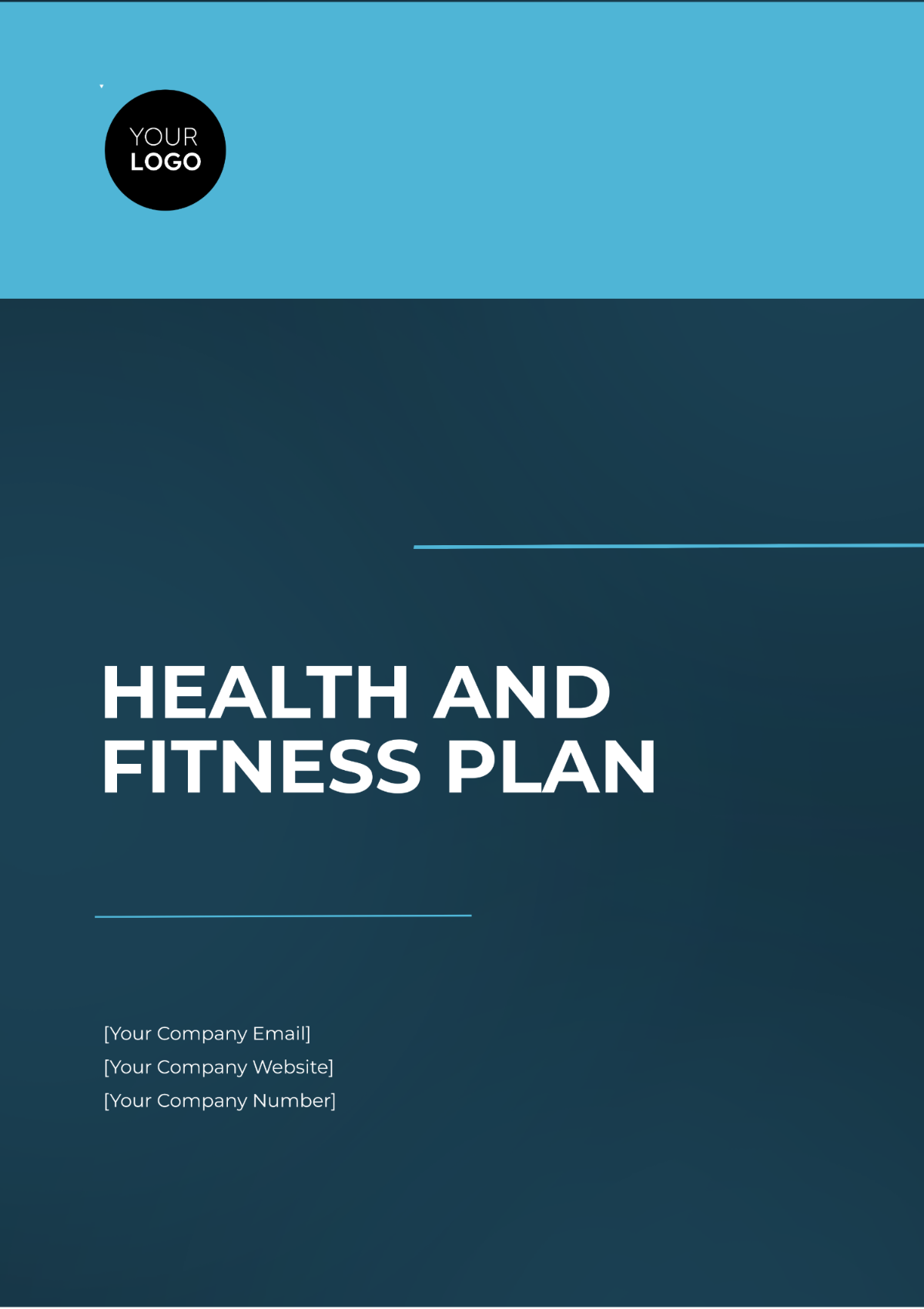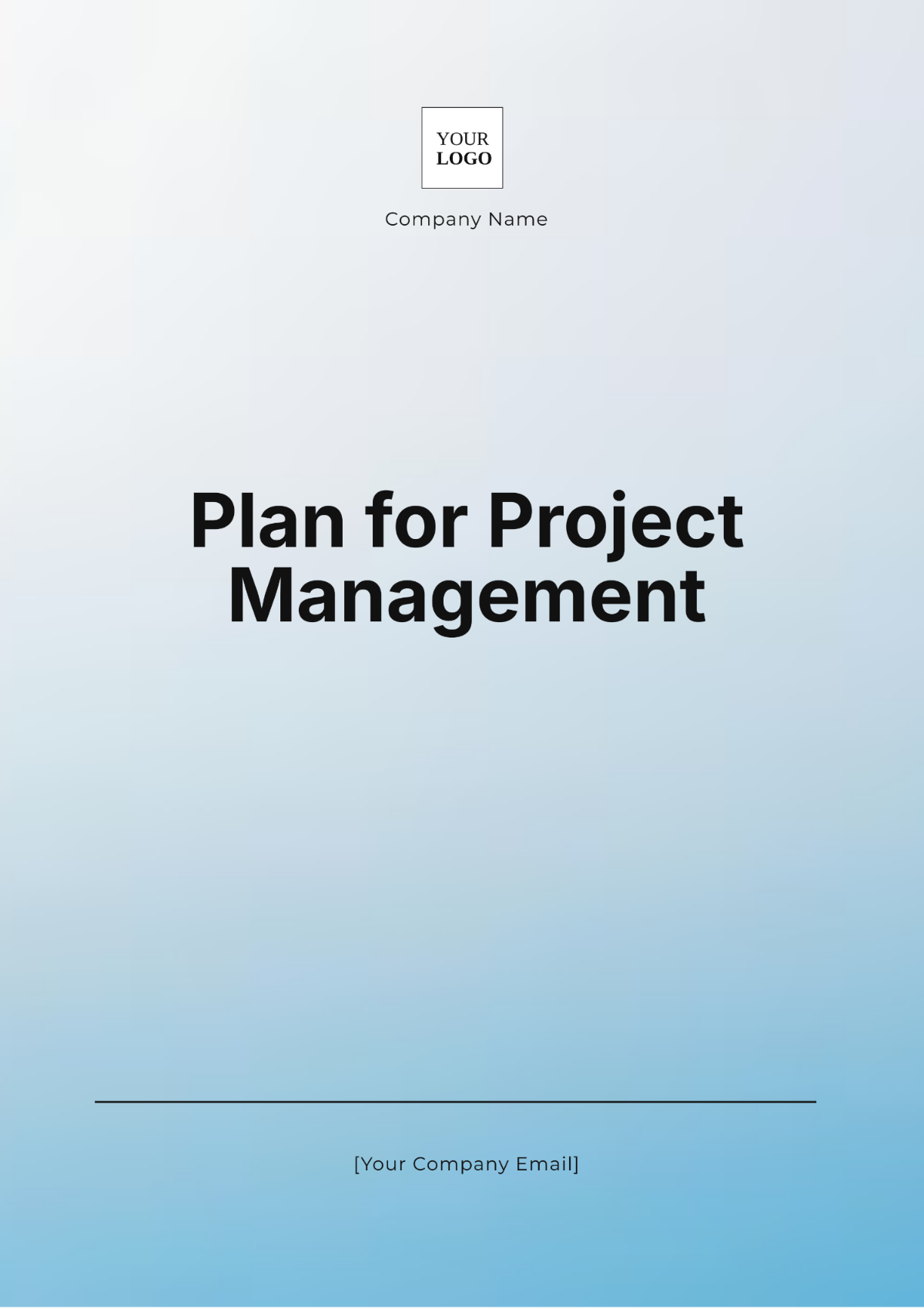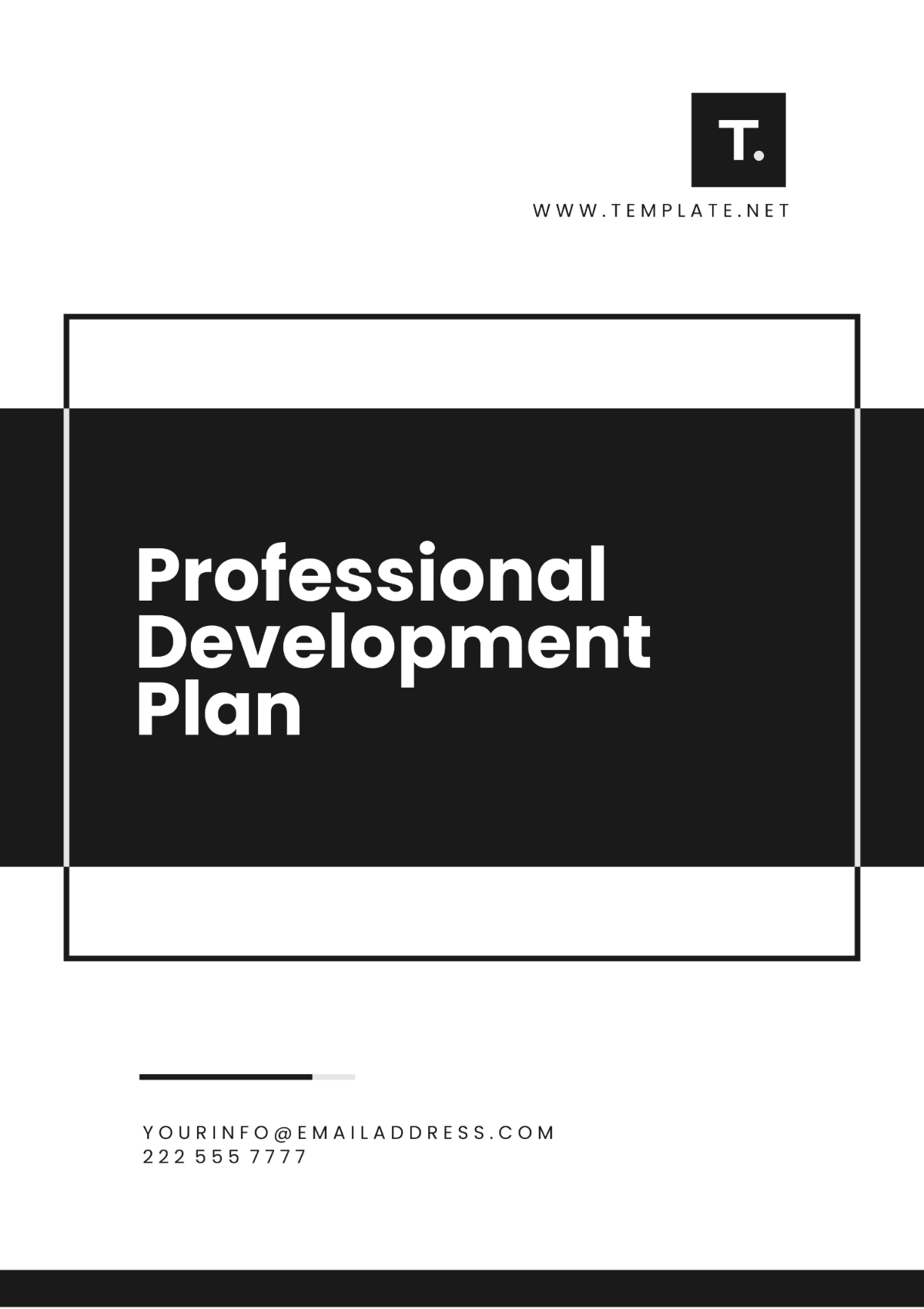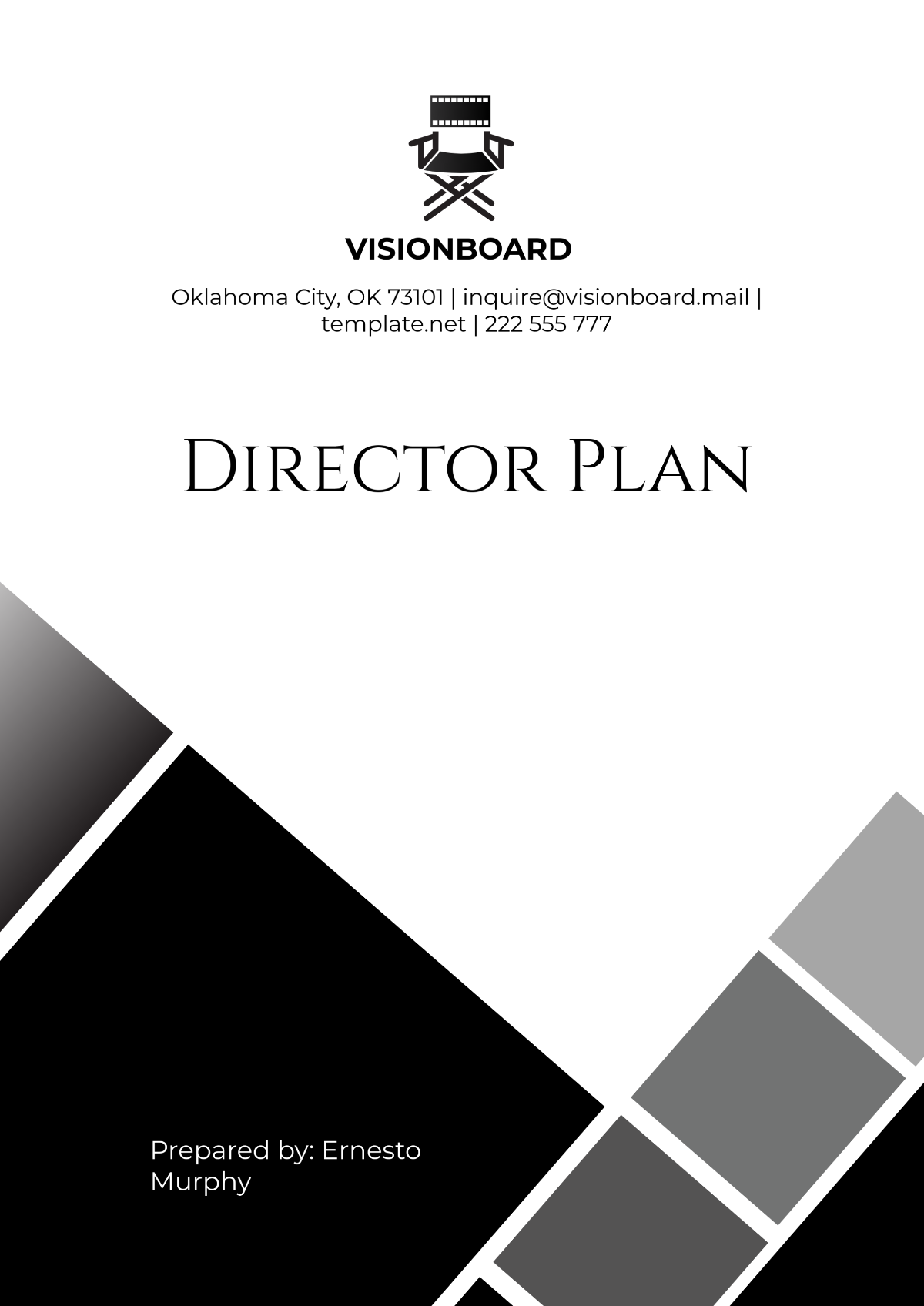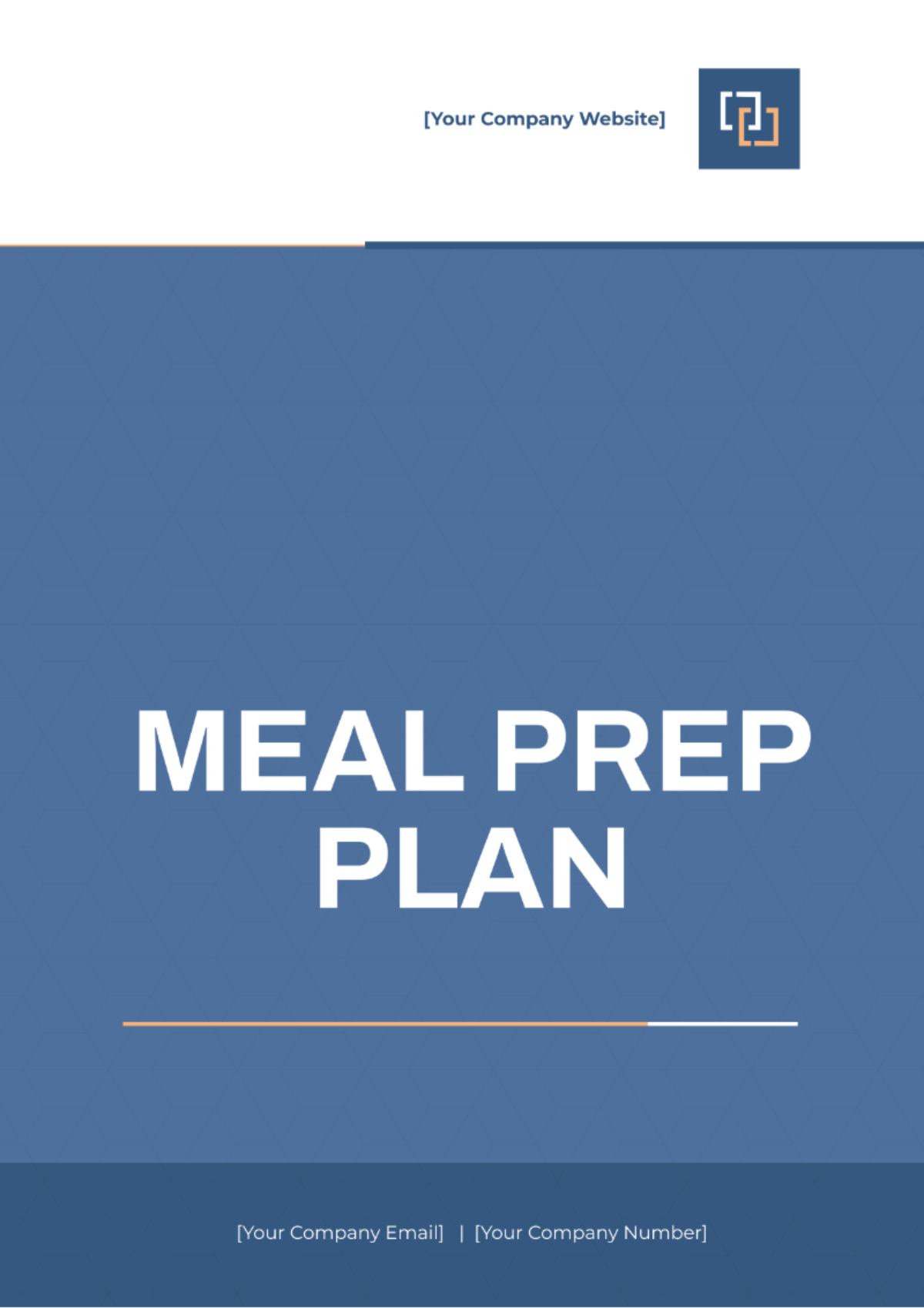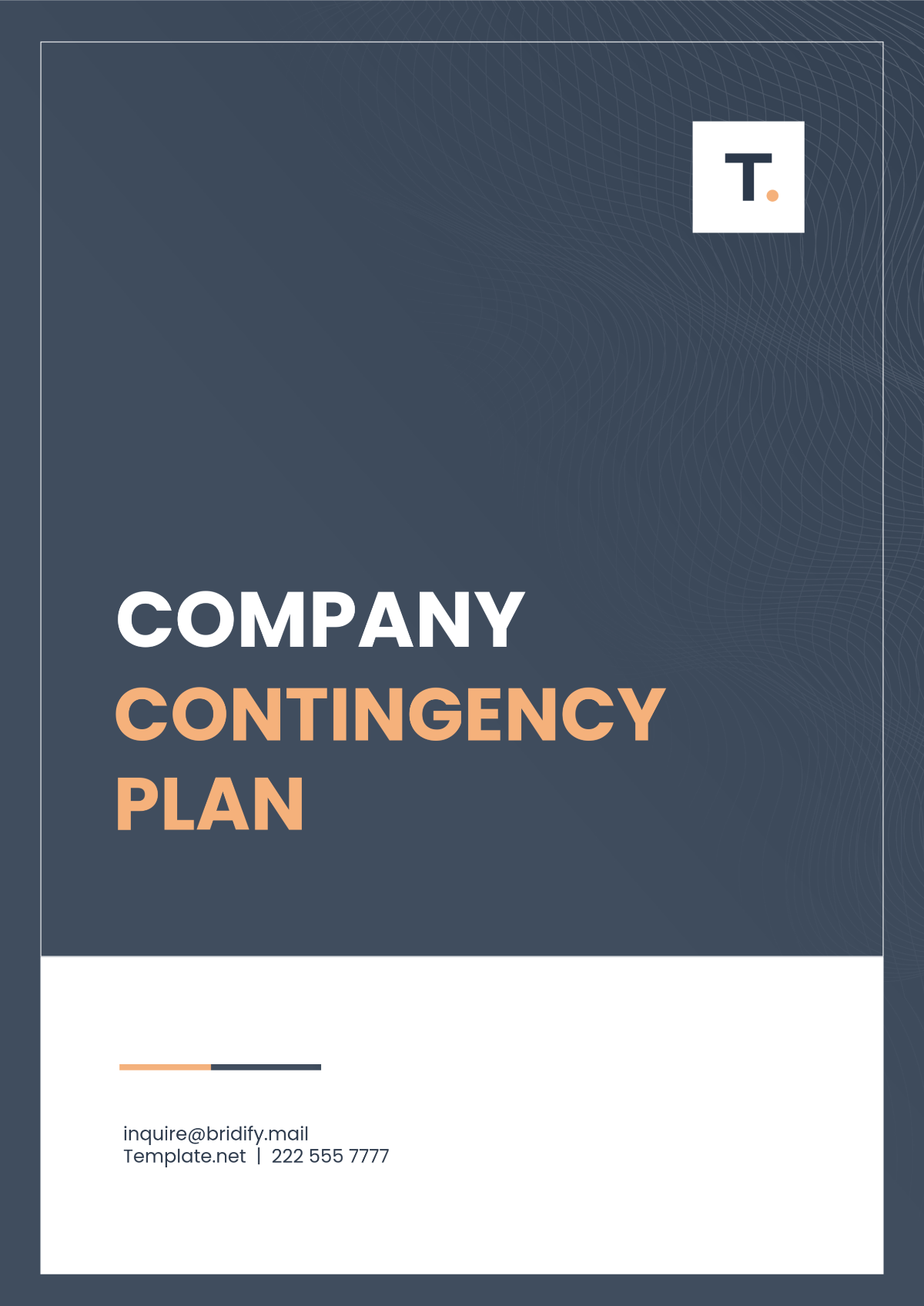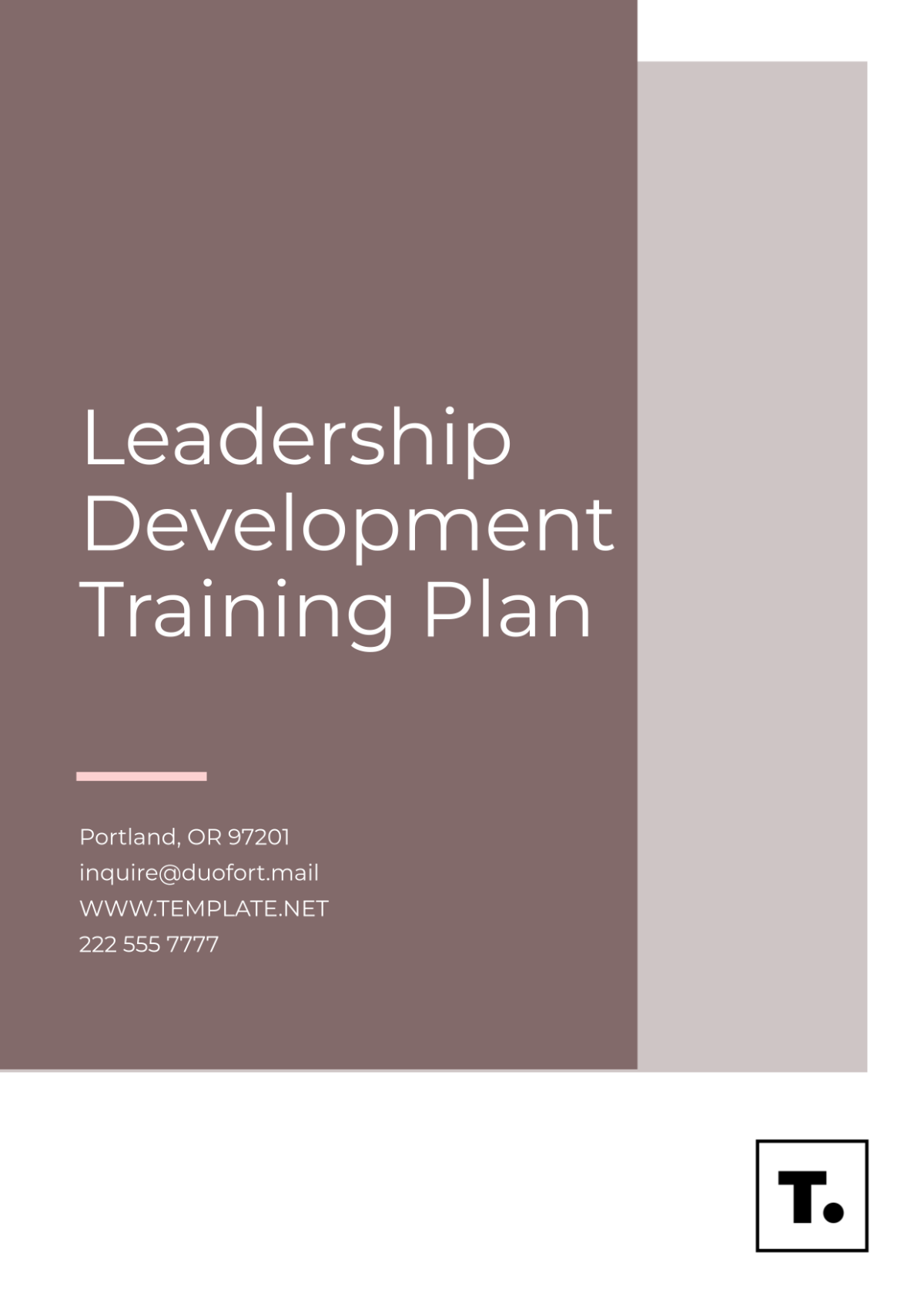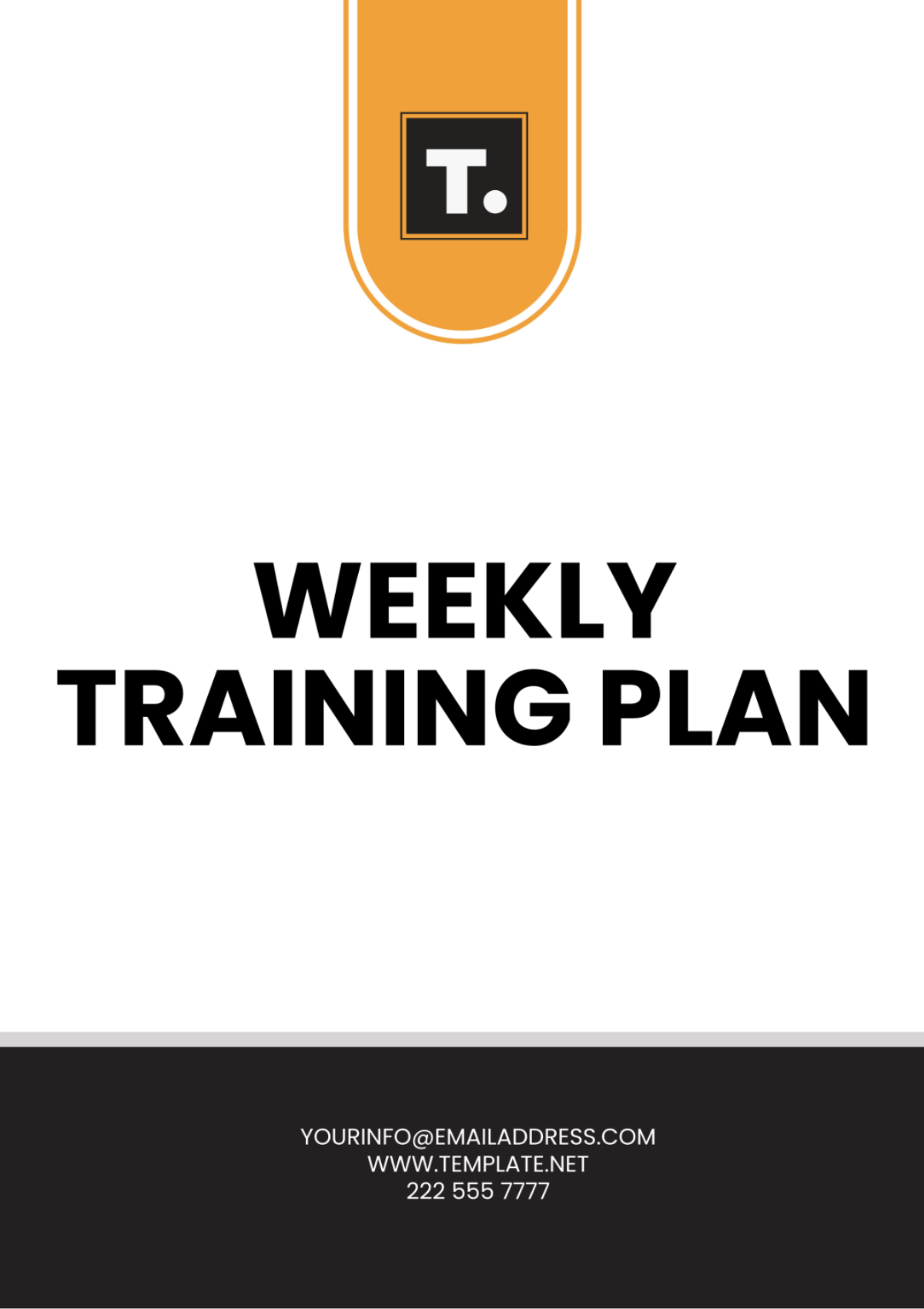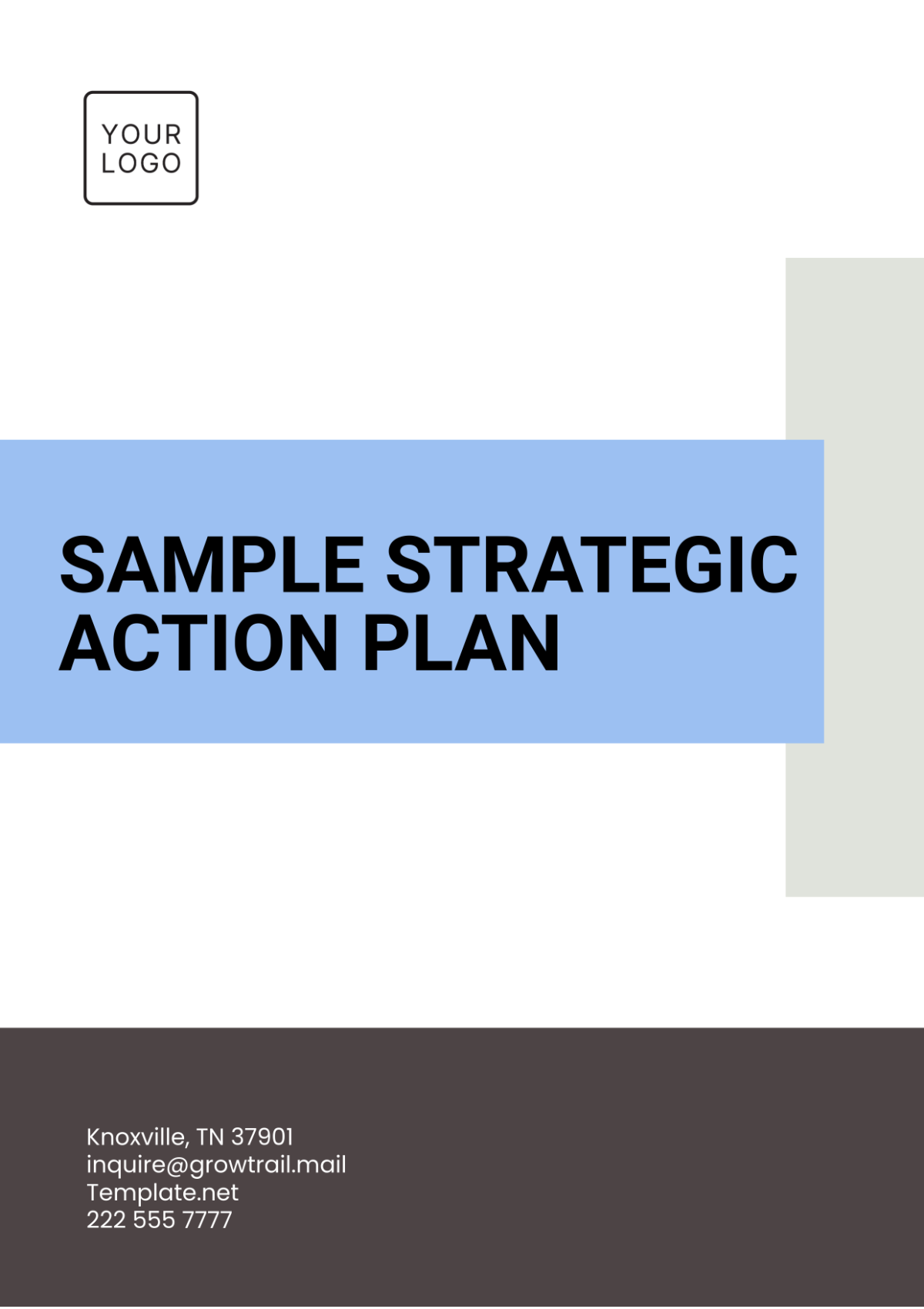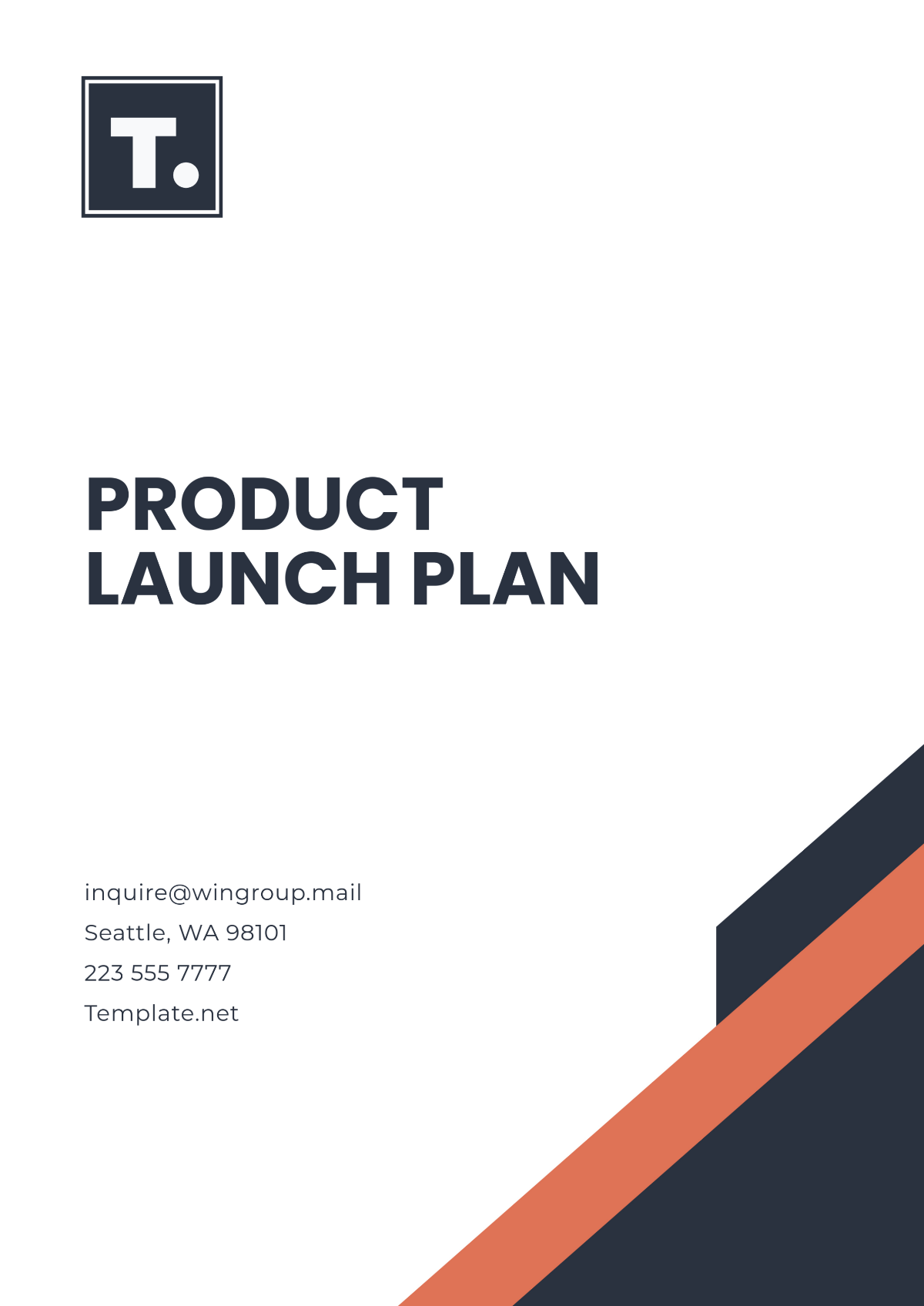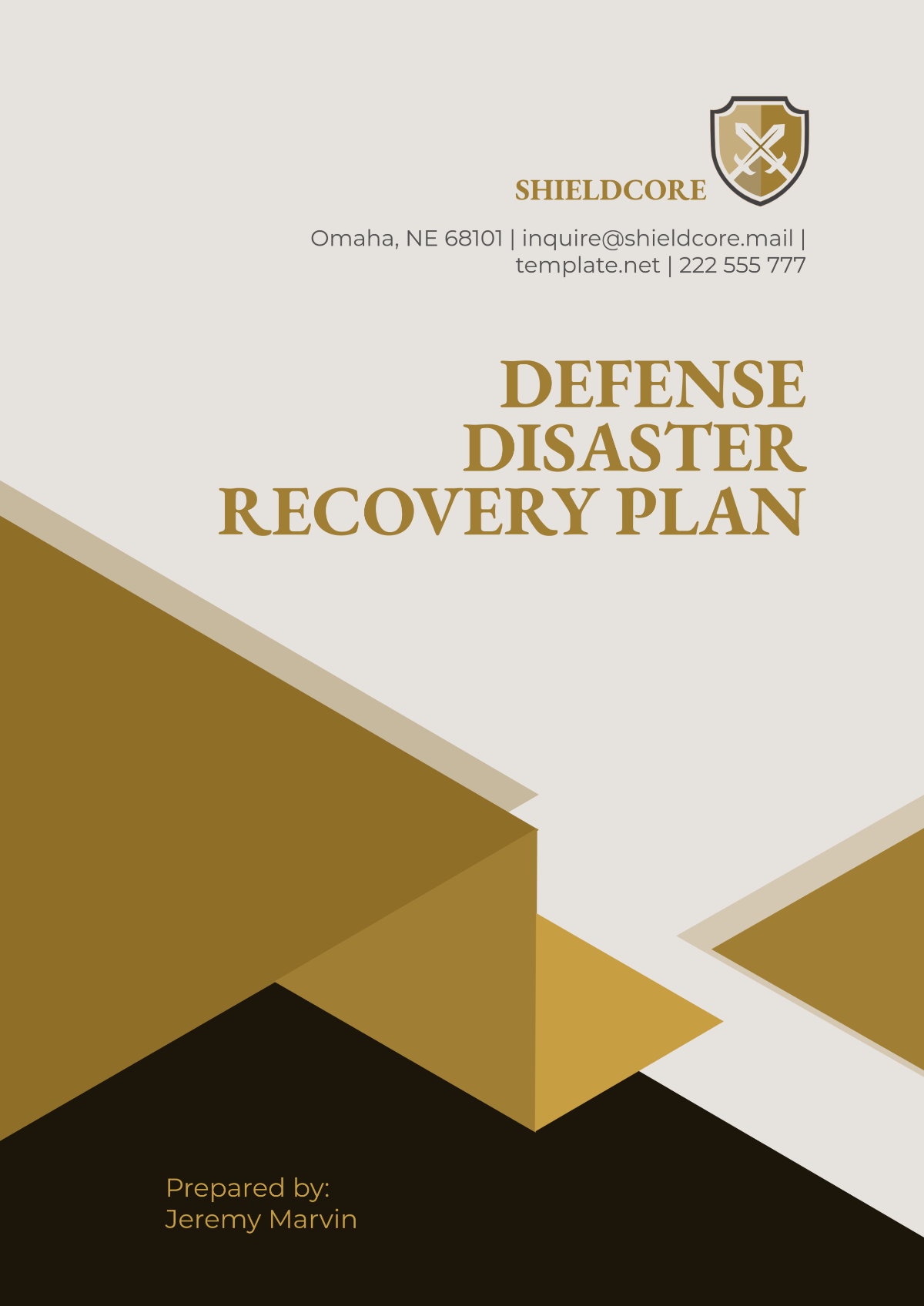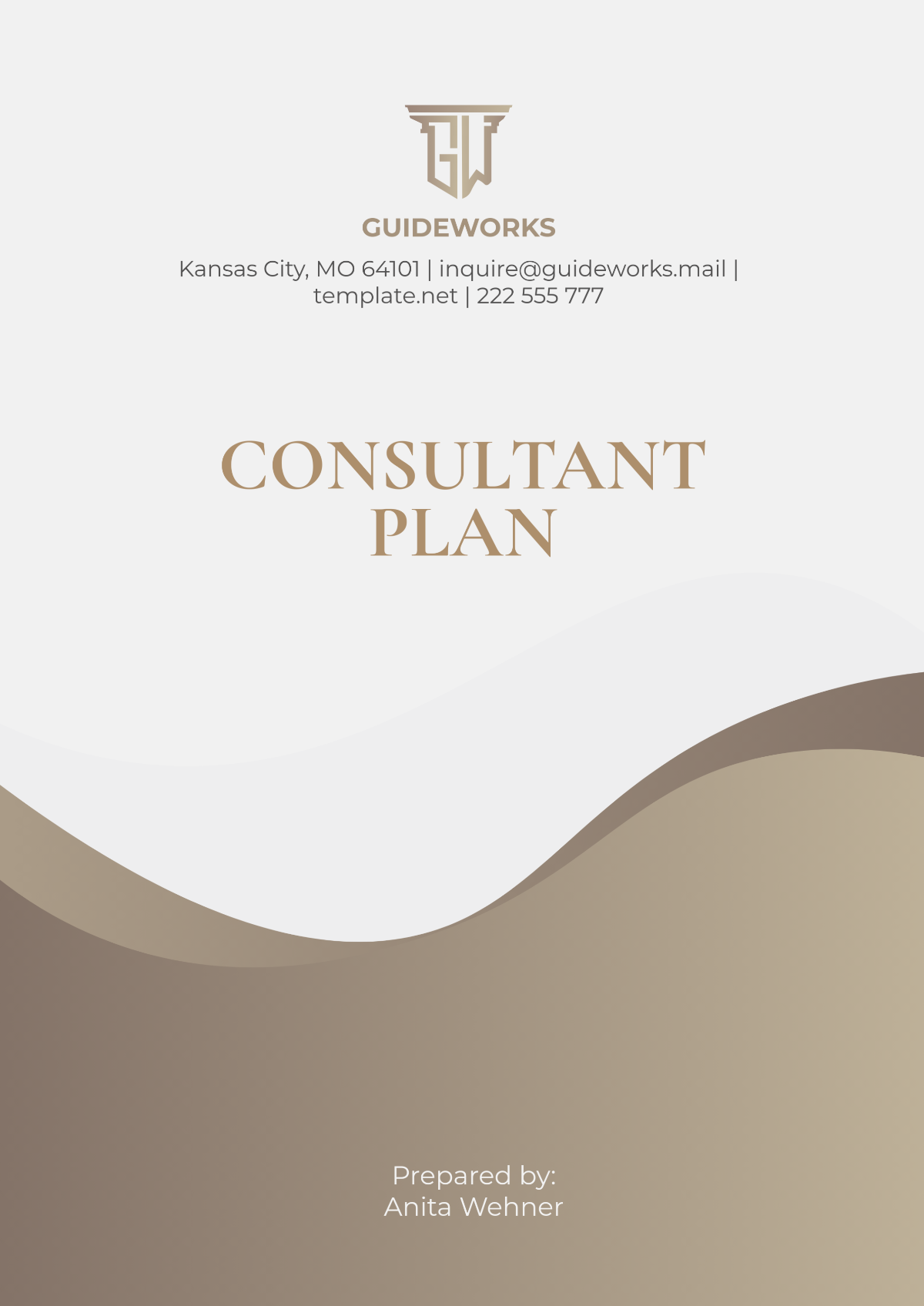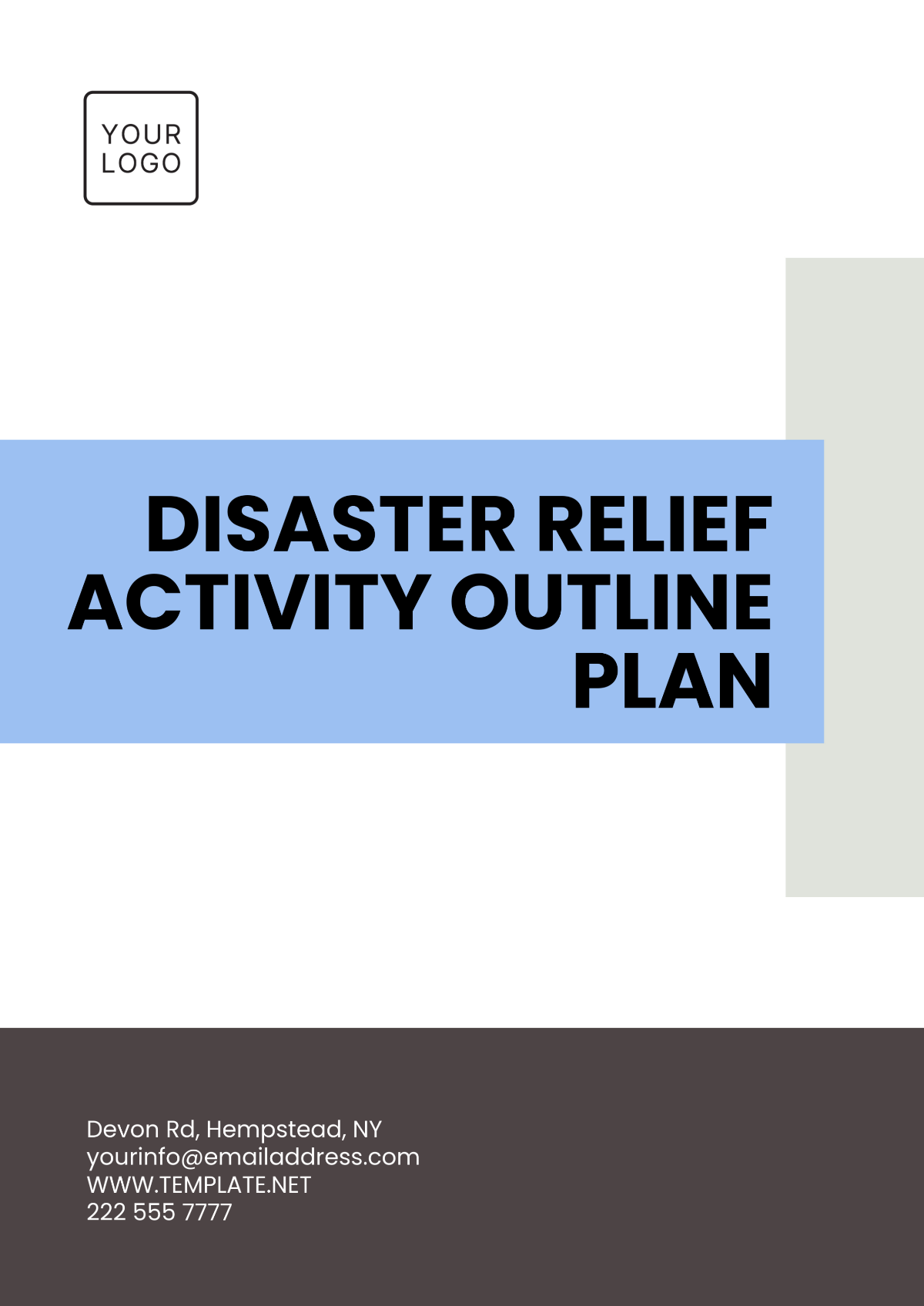Hybrid Project Management Plan
Project Manager: | [Your Name] |
Company: | [Your Company Name] |
Department: | [Your Department] |
Date: | [Date] |
I. Introduction
Hybrid project management is an approach that combines the best practices of both traditional (Waterfall) and agile methodologies. The purpose of this plan is to establish guidelines and provide a comprehensive framework that ensures the successful completion of projects while maintaining adaptability and efficiency.
II. Project Objectives
The primary objectives of implementing a hybrid project management plan are as follows:
Enhance flexibility while maintaining control over project timelines and deliverables.
Ensure stakeholder satisfaction by aligning project outcomes with business goals.
Facilitate effective communication and collaboration among team members.
Optimize resource allocation for better financial management.
III. Methodology Overview
Hybrid Approach
The hybrid methodology integrates the structured approach of Waterfall with the flexibility of Agile. This section outlines how to implement both methodologies effectively.
Project Phases
The project will be divided into the following phases:
Initiation
Planning
Execution
Monitoring & Controlling
Closure
IV. Roles and Responsibilities
Effective management of roles and responsibilities is crucial for the success of a hybrid project. The following table outlines the key roles and their responsibilities:
Role | Responsibilities |
|---|---|
Project Manager | Oversee project execution, manage timeline, and ensure resource availability. |
Product Owner | Define project vision, prioritize tasks, and manage the product backlog. |
Development Team | Design, develop, test, and deliver project components. |
Stakeholders | Provide feedback and ensure the alignment of project deliverables with business goals. |
V. Risk Management
Risk Identification
Identify potential risks by conducting comprehensive assessments with all stakeholders. Regular reviews and updates are necessary to foresee and manage new risks.
Risk Mitigation
The following strategies will be implemented to mitigate identified risks:
Regular risk assessment meetings.
Contingency planning.
Allocation of a risk response budget.
VI. Communication Plan
Effective communication is vital for project success. The communication plan involves:
Weekly project status meetings.
Monthly stakeholder review sessions.
Dedicated platforms for real-time updates and collaboration.
VII. Resource Management
Efficient resource management ensures project deliverables are met within budget and timeframe. This includes:
Defining roles and assigning resources accordingly.
Monitoring resource availability and allocation.
Continuous evaluation and adjustment of resource usage.
VIII. Quality Assurance
Quality Planning
Define quality standards and ensure that all project deliverables meet these benchmarks. This involves creating checklists and setting key performance indicators (KPIs).
Quality Control
Consistent testing and validation will be conducted to ensure quality control. Feedback loops from earlier stages will aid in maintaining standards.
IX. Conclusion
The hybrid project management plan is designed to provide a structured and adaptable approach to managing projects. By combining traditional and agile methodologies, this plan aims to deliver successful project outcomes that meet stakeholder expectations and business objectives.


